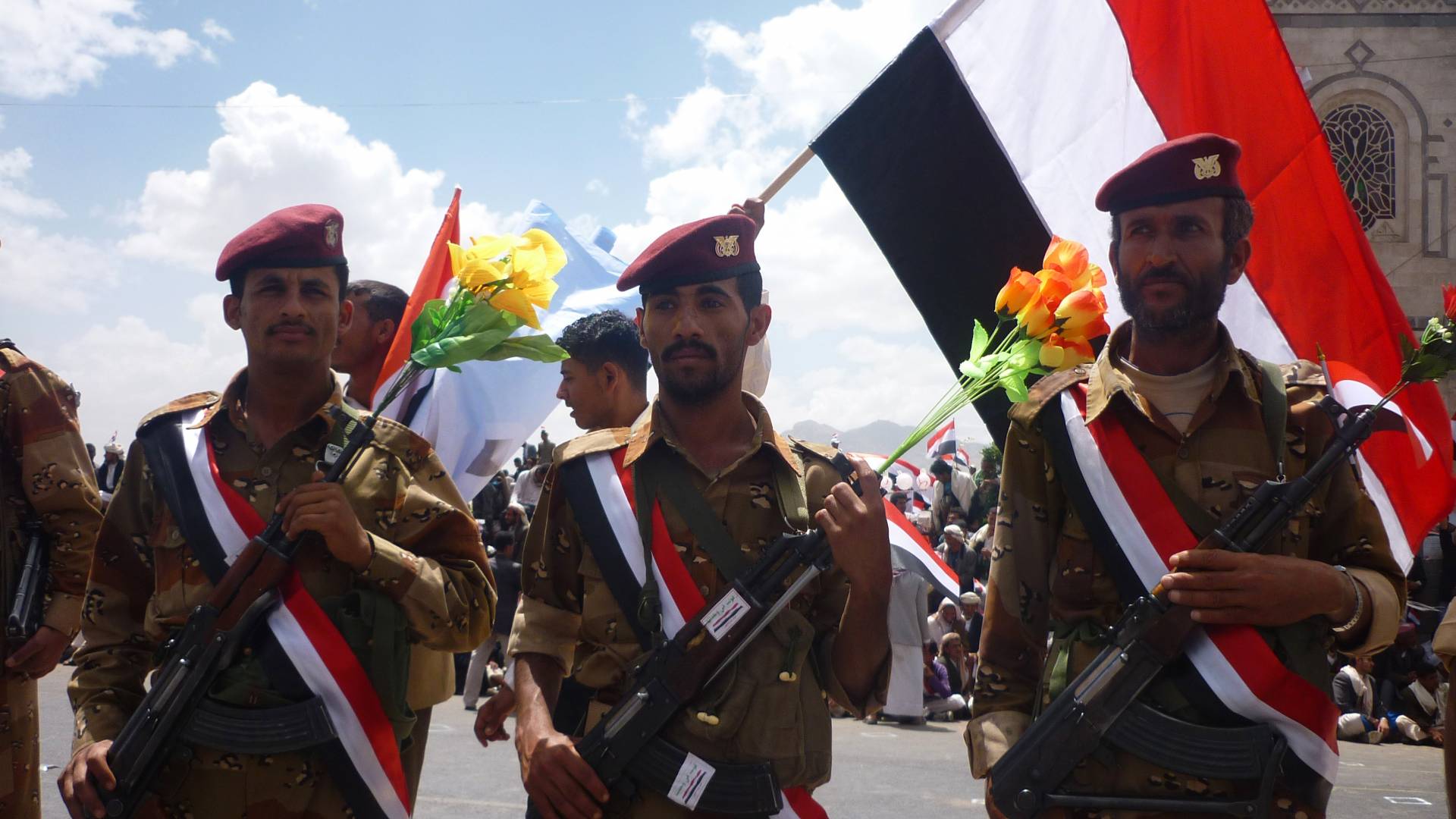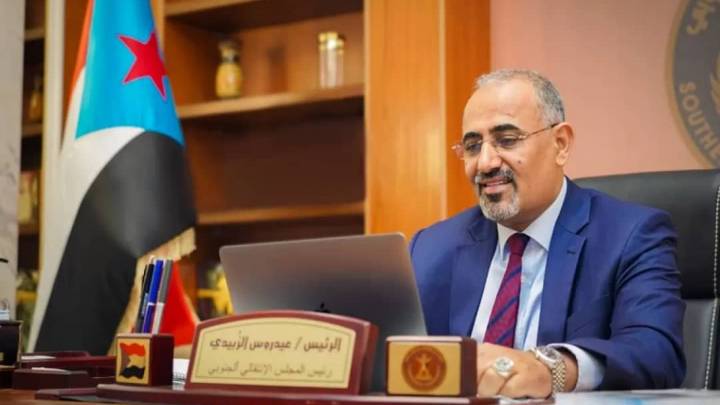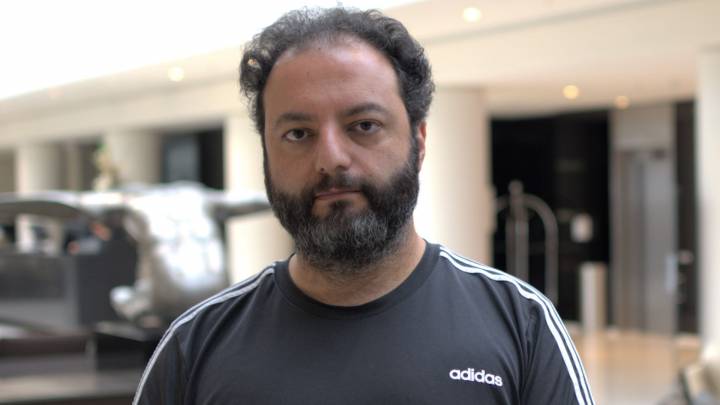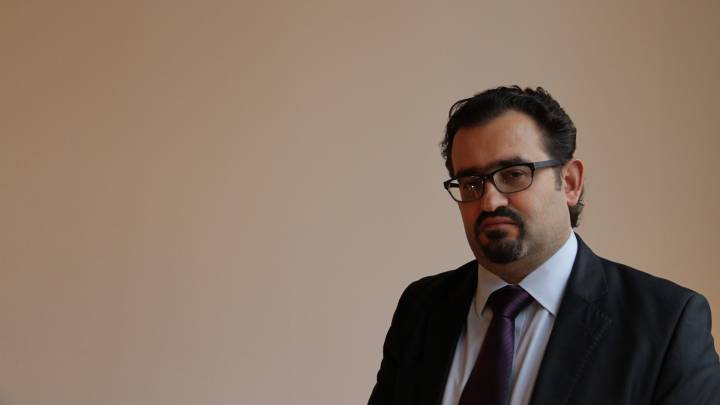After seven years of civil war, Yemen is once again witnessing new structural shifts. The rapid advance by Houthi forces in 2021 throughout territory along the old north-south border has produced consequences impacting relations between their rivals.
Houthi gains have further empowered the Sana’a-based rebels, posing new challenges for prospects of talks under the UN Special Envoy. As a consequence, most of the criticism of government troops stemming from Houthi victories lands on the Muslim Brotherhood affiliate al-Islah party, on both the civilian and military leadership. Al-Islah is not only seen as a pillar of legitimacy for the internationally recognized government (IRG) and the Coalition to Restore Legitimacy, but also for the deeply fractured National Armed Forces.
Over the past two years, Houthi territorial gains have produced two major shifts in Yemen’s political establishment. First, Houthi forces have expelled forces of the Legitimate Government from al-Baydha, al-Jawf and now Mareb provinces. By and large, these were perceived as areas where al-Islah party wielded significant influence among tribal figures and the general population.
Mareb had served as a stronghold for the government, with Vice President Ali Muhsin al-Ahmar making it his base of operations since 2016, and al-Islah created a center from which to manage political relations across liberated areas. Houthi gains along northern territories have driven government military units back into southern provinces, creating the optics of a retreat under the leadership of al-Islah party military affiliates and political figures.
As government troops retreated from al-Baydha, Mareb and western Shebwa toward the southern provinces, southerners perceive the gathering of troops as a new form of northern occupation. This claim includes the composition of government military units fighting the Houthis and the affiliation of commanders under president Abdo Rabbo Mansour Hadi, maintained under the leadership of al-Islah affiliate Vice President Ali Muhsin.
These military elements are seen as an extension of power centered in the northern capital Sana’a, which has maintained Yemen’s unity through the use of force. As the old regime, an alliance between former president Ali Abdullah Saleh and al-Islah party, has fallen, the Sunni Islamist party al-Islah is seen not only as the survivor, but also as natural successor with its own ambitions to control national politics and shape the outcome of the current conflict according to its own interests. Therefore, military elements under the government, retreating from northern territories and amassing across the south, are by extension seen as an instrument of northern political actors led by al-Islah.
Southerners see northern centers of power such as the GPC, the Houthis and al-Islah maintaining unity by force since 1994
Events over the past seven years have led to tectonic shifts across Yemen’s political establishment. The fall of Yemen’s capital Sana’a to the Houthi-Saleh alliance on September 21, 2014 sparked a series of events, leading to fundamental changes in the country’s national politics and relations with neighboring monarchies.
First, the Houthi-Saleh forces managed to defeat and expel General Ali Muhsin al-Ahmar, the top echelon of al-Islah party and armed forces under the party’s affiliated commanders, from Sana’a in September 2014. This was primarily facilitated by an unlikely marriage of convenience between the Houthis and their former rival Ali Abdullah Saleh. An unlikely alliance because in 2011, Houthi supporters and leaders had joined Ali Muhsin and al-Islah in protests demanding president Ali Abdullah Saleh’s ouster from power.
Later, however, the Houthis put aside their rivalry with Saleh during the National Dialogue in order to fight their common enemy, al-Islah, and reverse the UN-led process supported by neighboring monarchies. As the Houthis entered Sana’a on 21 September 2014, they marched straight to the homes of Islah leaders, the headquarters of General Ali Muhsin’s First Armoured Division (al-Firqa) and facilities of ministries held by al-Islah. The alliance didn’t last long, as the Houthis spent three years following their takeover of Sana’a infiltrating government institutions throughout northern provinces and then executed Saleh in December 2017.
The new environment emerging from these rivalries centered on the capital Sana’a has also led to the empowerment of southern forces. The Southern Transitional Council (STC) was established in 2017 from among the leadership of Hirak (the Southern Movement), which considers the Muslim Brotherhood affiliate al-Islah an existential threat. Southerners see al-Islah as an extension of northern dominance, an occupying force aiming to subdue southern aspirations. Southerners see northern centers of power such as the GPC, the Houthis and al-Islah maintaining unity by force since 1994. The rivalry between southern elements and al-Islah, in particular, has intensified during the current war as result of Houthi military advances pushing government troops deeper into southern territories like Abyan and Shebwa.
The impact on government military forces has definitely been neglected as an exacerbating factor in the conflict
As the Houthis strengthen their control over northern territories, the retreat by government forces in turn is perceived as northern elements like al-Islah searching for a new safe haven. Most notably, Houthi victories, especially since December 2018, had a devastating impact on the structure of government military forces now retreating to the south. First, Hadi’s military has become politically fragmented and highly ineffective as the primary force tasked with confronting the Houthis.
Casualties among high-ranking military officers and field commanders have also led to discontent with al-Islah as replacements have not only been appointed by al-Islah affiliated officials but recruited mainly from among al-Islah loyalists in areas like Mareb and Shebwa. A second consequence of military defeats has been the retreat by government troops into southern centers like Ataq, the capital of Shebwa, where security and military troops are deployed against civilian protesters by Islah affiliates like Shebwa’s governor Mohammed Saleh bin Adio to suppress dissent by force.
The impact on government military forces has definitely been neglected as an exacerbating factor in the conflict. Much of the focus over the years has centered on the proliferation of armed groups or the war economy driving the armed conflict, but not much has been written on the political impact of a fragmenting military.
Early reporting on fragmentation of military forces allied with President Hadi’s government since the start of the current conflict looked at forces in the city of Taiz. Early on, the focus on Taiz extended from the role the city played during the uprising in 2011 and the devastating effect stemming from months of fighting to expel Houthi forces from the city in late 2015. What followed has been years of clashes between rival factions competing for control of the city of Taiz, pinning Salafis, Nasserists and supporters of the former ruling party, the General People’s Congress (GPC), against the Muslim Brotherhood affiliate al-Islah.
The Sunni Islamist party is seen as more interested in a power grab than in cooperating with other factions to defeat the Houthis
The optics of prolonged infighting over control of the city of Taiz have strengthened opposition to al-Islah across the south. The Sunni Islamist party is seen as more interested in a power grab than in cooperating with other factions to defeat the Houthis who continue to surround the city of Taiz and obstruct the flow of humanitarian assistance. Lack of progress against the Houthis in Taiz over the past six years has obstructed Islah’s ambitions to lead political factions under the umbrella of the internationally recognized government (IRG).
In same light, southerners perceive a retreat by al-Islah to Shebwa, for example, as a potential long-term move that normalizes Houthi control of the north and creates a new refuge for such northern centers of political power in a region that rejects the Muslim Brotherhood’s political ideology. The shift to a southern safe haven, following the retreat from al-Baydha and Mareb, represents an existential threat to southern political forces aiming to restrain further encroachment by northerners in order to secure a favorable position to influence the final outcome of the conflict, or at least secure their role as primary representatives of the southern people.
Even prior to the Houthis marching back into Bayhan, along Shebwa’s western mountains, the southern oil-rich province was the center of tensions between al-Islah and southern political forces like the STC. Two issues fueled rising tensions over the summer: deteriorating economic conditions across Shebwa and the flood of troops affiliated with al-Islah threatening the implementation of the Riyadh Agreement.
As the economic crisis deepened, protesters have been met with a heavy-handed approach by the Islah-affiliated governor of Shebwa, Bin Adio, who deployed security forces and military troops to quell protests across the province. This has strengthened demands for his replacement, as part of the Riyadh Agreement, and coalesced public support for the STC. Opposition to Bin Adio, as the face of al-Islah in Shebwa, has spilled onto the image of the IRG, fueling the negative image of President Hadi’s government and strengthening resolve against northern forces establishing a safe haven in southern provinces.
The new UN Special Envoy now shuttles throughout the Gulf region in search of support to restart talks with the Houthis under more equitable terms
The shifts in the political environment might have been driven by the armed conflict, but ultimately it is about politics. A military victory may not be achievable by any side in the foreseeable future, so the game is one of positioning to leverage any gains or influence to shape the direction of UN-sponsored talks. While the Houthis gain leverage with victories in Mareb, infighting among their rivals further fragments pro-government military capabilities.
Troop withdrawals under al-Islah affiliated commanders from frontlines in al-Baydha, Mareb and Bayhan may have diminished popular confidence in the national armed forces, but some observers saw this as preservation of a fighting capability to hold on to a safe haven for al-Islah. The criticism over retreats by government troops also come in the context of the Riyadh Agreement, meant to extinguish tensions between al-Islah and the STC in order to unite military units and effectively confront the Houthis. But al-Islah’s calculations shifted the party’s focus to political positioning. The Muslim brotherhood-affiliated party appears to prioritize survival as a cohesive party, which Hadi needs, in order to counter the Houthis politically rather than militarily. This has come at a high cost in recent months as the STC gains the attention of European powers and the US.
In recent weeks leading up to a meeting between STC president Aydarous al-Zubaydi and ambassadors from the Permanent Five (P5) members of the UN Security Council on November 22, the narrative targeting al-Islah centered on a need for an alternative political equation to counter the Houthi rebels. The shift in focus comes as all leverage against the Houthis diminished over the summer.
The new UN Special Envoy to Yemen, Hans Grundberg, now shuttles throughout the Gulf region in search of support to restart talks with the Houthis under more equitable terms. As attention shifts to the STC, international powers veer from an approach centered on president Hadi and al-Islah affiliated officials. Although STC officials had already met US Envoy Tim Lenderking and European ambassadors in Aden, the public meetings hosted in Riyadh mark a significant new turning point for southern forces at a pivotal moment.




